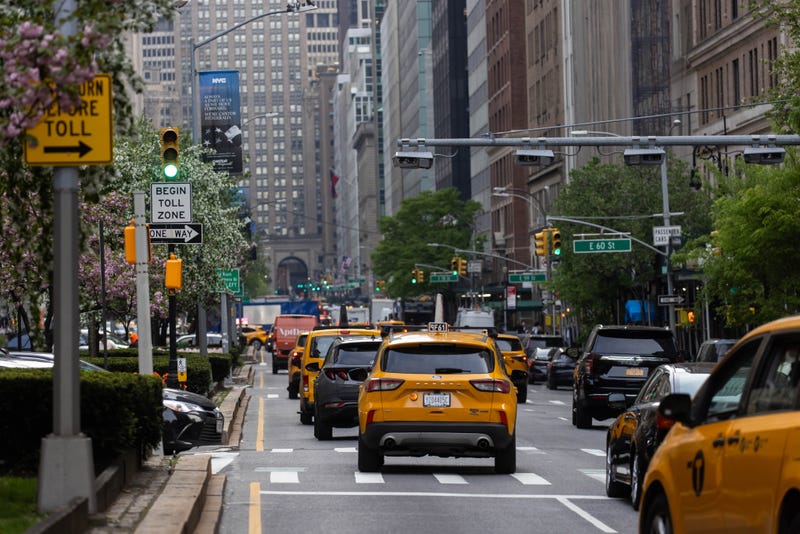
NEW YORK (BLOOMBERG) -- The Metropolitan Transportation Authority’s $17.1 billion of debt that’s repaid with farebox and toll revenue was boosted one notch to A from A- by S&P Global Ratings in part thanks to the agency’s successful congestion pricing rollout.
The credit grader also cited a continuing recovery in ridership, liquidity, manageable deficits and a state tax increase to help fund infrastructure projects in the upgrade. State lawmakers this year increased a payroll mobility tax on the region’s largest businesses to help fund the MTA’s record $68.4 billion multi-year capital plan.
The MTA, which operates New York City’s subways, buses and two commuter-rail lines, had $48.9 billion of outstanding debt, including the $17.1 billion of transportation revenue bonds as of July 17, according to MTA documents.
“The rating reflects a highly essential and extensive transit system that serves the congested, populous New York metropolitan statistical area (MSA) and receives significant ongoing tax-supported subsidies for operations and debt service,” the S&P analysts Joe Pezzimenti and Scott Shad wrote in their report. At the same time the system, “also has a high debt burden from significant ongoing capital requirements.”
S&P’s A rating is equivalent to Moody’s Investors Service’s A2 grade on the transportation revenue bonds. In June, Moody’s raised its rating on the credit by one level. Fitch Ratings grades the debt AA.
The MTA is a state-run agency. Its officials anticipate a $345 million deficit in its operating budget beginning in 2027 that’s forecast to increase to $428 million in 2029. The transit agency must also find cost savings of $500 million each year.
“S&P’s upgrade demonstrates continued growth in confidence in the MTA’s financial stability while recognizing the early success of the congestion relief tolling program, ongoing ridership recovery and dedicated state support to maintain a strong financial position,” Jai Patel, the MTA’s chief financial officer, said in a statement. “We’ll continue to focus on operating budget savings while delivering reliable service.”
The congestion pricing initiative, the first in the US, started on Jan. 5, with most motorists paying $9 during peak hours to drive south of 60th Street in Manhattan. The fee is on track to bring in $500 million of revenue this year after expenses to help fund transit upgrades. The toll has also decreased traffic by 11%, according to MTA data.
More stories like this are available on bloomberg.com.
